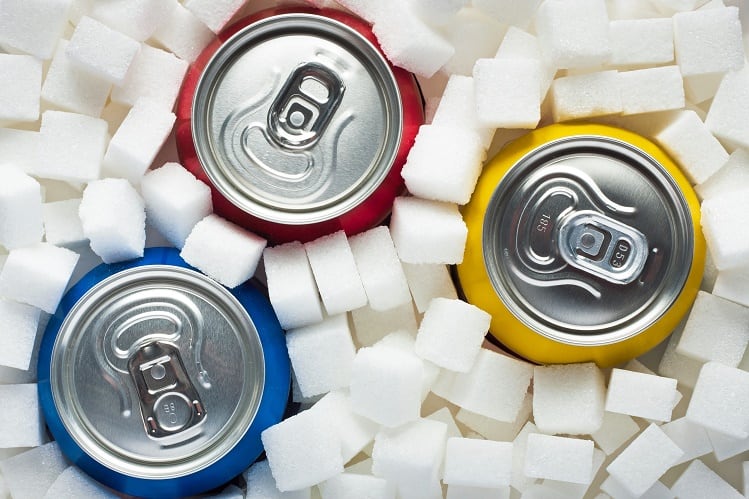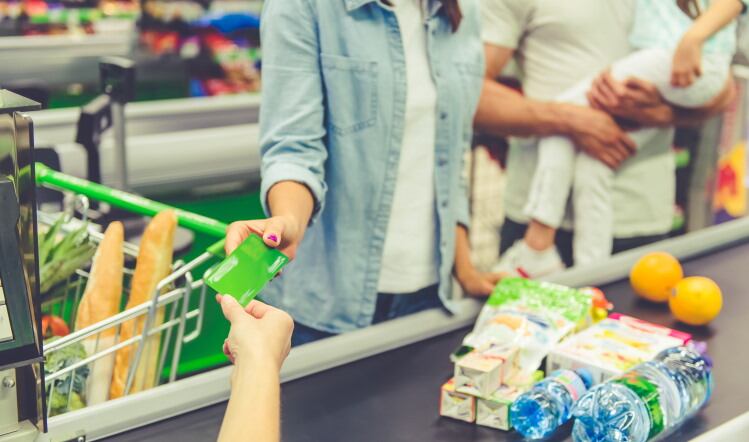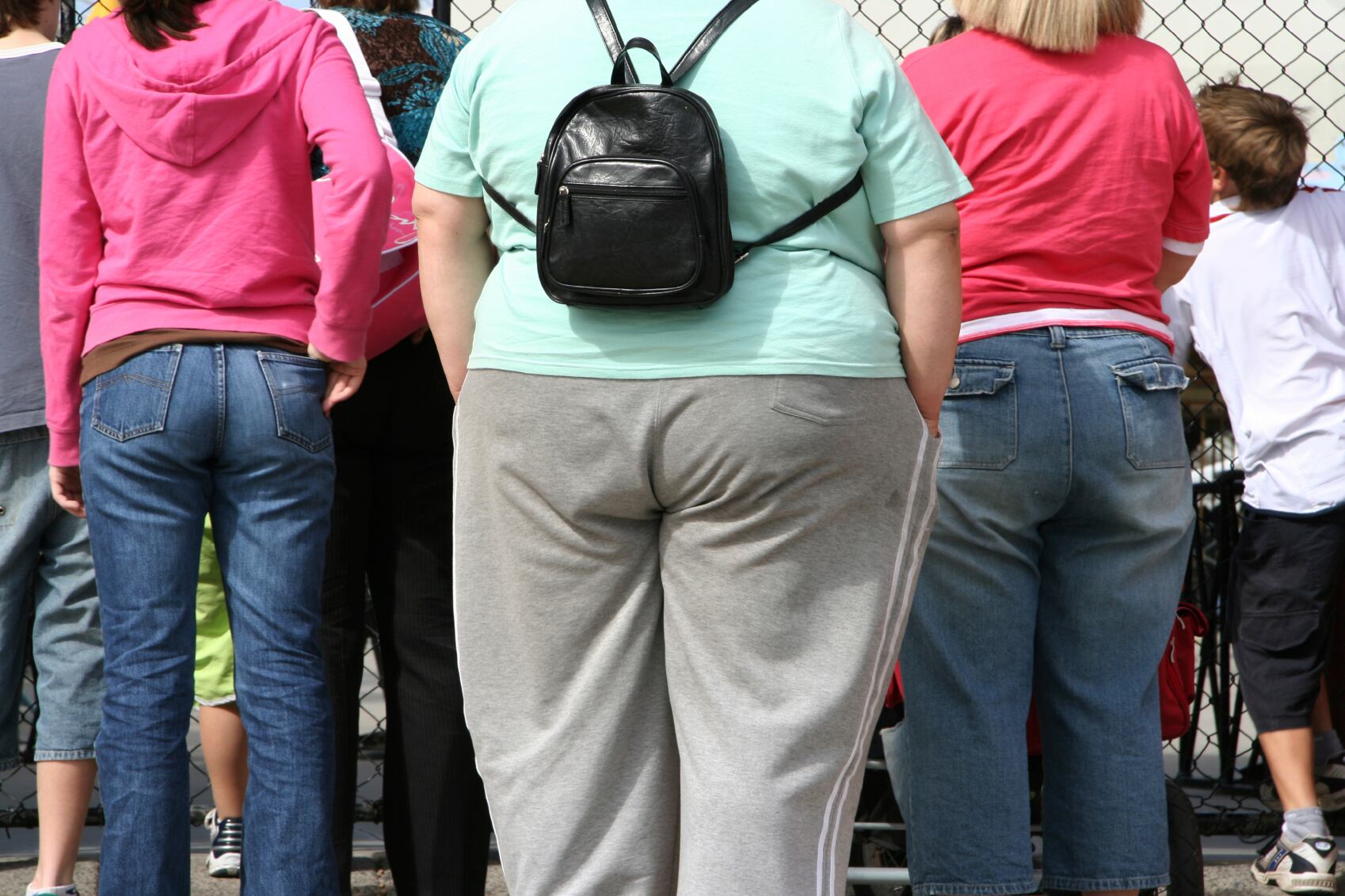Speaking on the Education Hub stage at The Ingredients Show – part of the UK Food & Drink Shows and co-located with FoodEx – Britvic retail commercial director Ben Parker and Action on Sugar campaign lead Dr Kawther Hashem discussed the impact of the levy and the progress made across the sector.
“It’s a huge testament to the impact it’s had on sugar levels,” said Hashem. “We’re also starting the see the impact on children’s health and I think even more evidence will come soon. I think it’s something that’s huge and should be celebrated – the government got it right with this.”
Parker added: “The legislation has been the spark of huge category growth. From a health standpoint there have been huge improvements – it has helped nudge consumers to make healthier choices by adding more space for no added sugar propositions.”
Since its introduction in 2019, the Sugar Levy has served as a catalyst for change across the industry. In an effort to fall in line and escape the tax, manufacturers have reformulated their products to contain less sugar and new product development has shifted to no- and low-sugar varieties.
Taste is king
“People still want to buy great tasting liquids,” Parker continued. “The industry has taken a huge step forward and 96% of our innovation now is in no-added sugar and you can create great tasting liquids in no-added sugar.”
Parker gave examples of Britvic brands that have thrived since the introduction of the sugar Levy, with Tango the standard for drinks reformulating to contain less sugar. It’s this progress and growth of low and no sugar brands that he felt was what the levy was designed to do.
Reformulation has looked at more than just reducing sugar. While the default response to the removal of the sweetener had been to replace it with a substitute such as aspartame, manufacturers are now looking to natural alternatives and even reducing the sweetness of their products overall.
As Hashem explained: “From our view, reducing sugar and reducing sweeteners and reducing the kind of products that are contributing to high calorie intake and sweeter foods intake is key. We remember early calls with manufacturers who were also looking at reducing the level of sweetness.
“It’s got to a level where they had high palatable products and they’re particularly sweet, perhaps even sweeter than in other countries. Soft drinks are not a necessary dietary product. They don’t contribute to health benefits and its making consumers aware of the fact they’re not essential and therefore it’s somewhat of a luxury product.”
Out of home
However, more work needs to be done to ensure that low- and no-sugar options become the default on menus and in stores. According to Hashem, the growth of sugary soft drinks has outpaced their non-sugar counterparts.
“The out of home market in general is problematic,” said Hashem. “It really depends on how those products are represented – whether they are always set as the default option which then creates a demand. There needs to be conversations with the OOH sector to see where they can be doing more.”
Parker concluded: “There’s work to do and think that overall certain sectors have moved forward at pace, and I think there’s still opportunities for improvement in out of home. I think that comes down to education. There needs to be education and category awareness of some of the brands for retailers and out of home.”





